Watch Well Games #54
More new indie games for your consideration. Also, sculpting dice rolls and probability.
Welcome to our RPG community newsletter!
Hi. I’m K.J.
Today, Warren Davidson (aka Wazza) returns as a guest writer with a selection of more PocketQuest games.
Zachary Elliott-Hatton also joins us to chat about sculpting dice rolls in relation to his newest game I Could Do This is My Sleep. Buying it for the artwork alone is worth your while.
With more indie tabletop RPG creators joining Watch Well Games, we’re excited about going to the next level. You can now join us over on Bluesky for the freshest takes and updates.
A Plethora of PocketQuest Reviews
by Warren Davidson (aka Wazza)
Mis amigos, this time I’ve taken on the Herculean task of reviewing eight games at once! They’re all published under DriveThruRPG’s PocketQuest challenge whose theme this year was Dreams and Nightmares with each author kind enough to provide me with a copy. As such each review will be short, so let’s get cracking!
Burgundy Wine by Nico Sfera is a 23-page rules-light TTRPG concerning disappearances, cosmic beings… and vampires! Designed for 2-5 players plus GM, you’ll need 3d6s and 3d12s. It has a striking cover with an easy-to-follow layout. The system uses a simple d6+modifier with players assuming the roles of ordinary people thrust into extraordinary circumstances. It’s logical and crunchy enough to provide tactical and narrative elements, with some welcome surprises such as Memoria which imbues supernatural powers on those who imbibe it, excreted from a sleeping god’s eyes! The game rounds off with rules for vampires.
Another game with a great cover, Dreams from Beyond by Ben Abendroth of Black Guard Press is 12-pages long. You’ll need a deck of cards and some d6’s. Up to 6 players struggle against an amoral cosmic entity invading their collective dream. Rounds are played clockwise around a table with two primary players deciding on a dream with input from others. Players draw cards in an attempt to survive the capricious entity’s attack on their fragile psyches. High cards win with certain suites trumping others. D6s are used to change your card, alter your own or the entity’s suite, increase a card's value and revive fallen comrades. Innovative and fun.
Entropy of Dreams by Justin Kenter and Mackenzie Bodily of Owlette Publications LLC is 11-pages long with a hauntingly beautiful cover. You play lucid dreamers desperately searching for a door out of their dream while being pursued by the frightful antagonist. There’s an insightful introduction into the multicultural history of Lucid dreaming followed by concise rules for character creation with a twist - you play yourself! Combat, creation of dream objects and bargaining are all covered. The gamemaster's guide provides advice on designing encounters, dream doors and NPCs. To finish off there’s optional difficulty rules and a one-shot adventure to get you started. A great package!
Dream Skate by Anika Wolf and Chloe Valentine of Peach Soda Publishing is a 20-page, PvP journaling game where two competing consciousnesses are trapped in one body and strive to awaken first. It’s a great concept expertly pairing tactical decision making with creative journaling. You’ll need 3d6, a card deck and writing materials. Players take turns writing journals via dozens of card prompts, alternating through positive and negative dreamscapes. Players choose actions such as: Wakeup, Harm, Progress the Dream, Copy, and Scry. The aim is to beat your opponent's card hand based on your character's traits. Inspired!
At 24 pages Dream Nexus by MOD RPG is a combined rules lite TTRPG and adventure set aboard a drifting spaceship, its inhabitants long dead. You play their dreams encountering wildly varying locations and NPCs set across five scenes, each one lavishly detailed to provide a surreal experience. Copious amounts of GM advice make this a pleasure to run for new GMs. Add in a one page rules summary and you have an extraordinary game. I ran this for my D&D group for a change of pace and they loved it. The game mechanics: a d20+modifier against a DC, with only three stats: mental, physical and social, made their understanding easy. They played the pre-gens at the back of the adventure and it was off to scene 1: "You jolt awake, gasping, a fine mist clinging to your skin like forgotten sorrow. Beneath you: a plain of shattered glass, reflecting thousands of faces — some yours, some strangers, some horrific monsters. Above: a fractured sky bleeding soft, terrible light. You feel three instincts pulling at you:
Anchor yourself to one real memory.
Wander and piece together the dream.
Flee deeper into the shifting mist."
They fled (of course!) so an easy DC 10 roll against their Social Domain lets them proceed to scene 2: The mirror garden: "You tread carefully through the tall, rippling silver grass. Huge mirrors lean above you, rooted like ancient oaks, each surface alive with impossible visions:
A version of you holding a crown made of shadows.
Another, laughing over a field of graves.
Another, weeping blood into a dry riverbed.
The air buzzes with your own heartbeats. Ahead, one mirror shines brighter — as if calling you closer." Guess what? They went to smash it! So a DC 14 check vs Physical. It didn’t go so well as they took damage and were disoriented. It was then onto Scene 3: The Bleeding Stairwell, followed by Scene 4: the Hollow Carnival with the climax taking place during Scene 5: The Silent Shore. My group thoroughly enjoyed the experience, saying it was scripted, but in a good way. One player, new to the hobby, appreciated the clear guidance given throughout. Indeed this is a great beginner friendly game for players and GMs.
Rustling Electric Sheep by Seamus Conneely packs a lot into its 4 pages. A solo journaling game utilising a card deck and 2d6. It provides all the narrative tools you’ll need to experience a thrilling ride as your cyberpunk character dream-hacks the net. Use your skills to slide into data nodes, mine data and breach ICE encryption. Game mechanics are simple and intuitive allowing you to focus on creating a memorable story and the tri-fold format is perfect for printing. I’ve always had a soft spot for cyberpunk games so I especially liked this one. It has a gritty undertone which captures the feel of being a hacker stealing the dreams of the mega-rich in their chrome palaces while balancing the need to keep myself in mealpaks and running my storage container with power and water. My playthrough involved drawing cards and connecting nodes whilst using tables from THE NET document as inspiration for my journaling. There was a large variety of dreams, dreamers, events and secrets on offer, with hundreds of possible combinations. Here’s a couple of my favourites: “A cyber-preacher ranting about dream chips - are they saying the chops are an affront to god, or the next best way to commune with one?” and “A dream file with your name on it, left as a message. No Paydata, but just as Important.” Evocative? You betcha! This game will occupy you for some time.
At 7 pages Dig Dive Duel by Noomue is an imaginative TTRPG of a young gravedigger trapped inside a warlock's dream. Escape their clutches by using your trusty shovel to dig through monster infested chambers. Oh, and you start with a broken arm, so good luck! You only need 1d20 to play and don’t forget to bring that shovel!
Dreamcrawl by Jozef Frajkor is a 25-page solo TTRPG where you explore the dream realm with a different set goal each time, accomplished by rolling on random tables thereby ensuring replayability. The locations you visit are described in terms of dreams, nightmares, and obstacles with each one illustrated on a beautiful set of printable hex worksheets. The character sheet is a work of art. I’m a visual person and this game has that in spades with the two dozen illustrated hex tokens. I printed them out on glossy photo paper and they looked great! I created a character for solo play, which only took a few minutes, and then it was off to the races. I decided on the lucid dreaming ability with the goal in the dreamscape of helping a child from my neighborhood find peace, by retrieving an object, for which i choose a favorite toy. Play progressed by exploring terrain hexes and overcoming the challenges I encountered there which are randomly determined on the terrain charts. At each step I wrote what I was doing to progress the narrative. An example. I drew a nightmare tundra Hex which was overgrown, a blood moon overhead and I had to defend a structure. I decided on a shrine being attacked by lycanthropes affected by the blood moon. I went with my bravery approach combined with my confront skill and rolled 31, success! I beat them back and recovered a toy which they’d stolen. My goal was near! My game ended in a sunlight crystal tree forest where I rescued my childhood friend from the monster he had under his bed and gave him back his toy. A happy ending!
Whoa, we made it through! And this is merely a taste of the exciting and diverse offerings for this year's PocketQuest game jam. Have fun and maybe we’ll meet again in your dreams…
Seize the Means of Probability
Sculpting Dice Rolls for I Could Do This In My Sleep by guest writer Zachary Elliott-Hatton
2025's PocketQuest dovetailed neatly with a concept I'd had in mind for some time: workers selling the use of their bodies while they sleep. Intended to be a short novel or serial, the jam was a chance to take it off the back burner and get something out there. The result is I Could Do This In My Sleep, a cyberpunk game about bodily autonomy, labour, resistance, and connection in the face of alienation. The challenge was translating the concept to a playable experience.
WHO DO YOU THINK YOU ARE?
Book characters do as they're told, RPG players don't, so we need to lay down the general shape and structure of play: figure out the players' primary mechanical interactions and how they facilitate thematic action. We're rolling up characters who inhabit the bottom strata of society, surviving an unjust world or raging against the machine. We expect to get drawn into heists, fights and acts of sabotage, but we want to be able to highlight our humanity and uniqueness.
To that end, I wanted a way for players to use multiple skills in combination. You're alright at shooting and driving? Well then you're very good at shooting while driving. Not bad at playing an instrument or at debate? Distract them with your music and your words are more convincing. It's silly, but using a couple of disparate skills for something only you could pull off is deeply satisfying.
YOUR NUMBER'S UP
Nothing kills tension like double-checking your stats and adding up after every roll, it'd be nice to know how you've done the moment the dice hit the table. I'd tried something similar for Beanjackers; no modifiers, just keyword skills to tell you which dice to ignore. but Beanjackers still has variable target numbers. In practice it's a little tricky to balance and prone to wild swings between success or failure. What if the target number is fixed, but the dice change? Now its easy to figure out probabilities, but how do you set difficulty? Contested rolls? Fine for a human, but how does a lock or a chasm roll a save? And we still don't know how to use multiple skills at once. Multiple dice?
Multiple dice! Each a pass or failure. And we can use progress trackers like clocks, or respond to some number of passes with a "Yes, but..." You can always try to make progress, but you'll never Nat-20 your way to an unearned victory; your skills are king.
WHAT'S THE DAMAGE?
A little non-dice talk to close. Hit points are an abstraction I find persist however how hard you try to avoid them. Great for heroes fighting to the last, less great for exploring the tension between a body conceptualised as a biomechanical resource, and part of a person with needs to be met. Unless you do something controversial controversial in the TTRPG space like locational damage. But who would do a thing like that?
…And for the outro, check out these limited-time sales
Station 736: Where Dreams Come From is on a flash 40% off sale until tomorrow! (A FREE supplement was recently released as well.)
EXIT STRATEGY: Solo Edition is also on a flash 50% off sale this weekend!
That’s a wrap! And remember:
Albino hedgehogs do exist.
See you over on Bluesky!
Disclosure: Newsletters may contain affiliate links at no cost to you or the creators.
Thanks for reading Watch Well Games. Newsletters drop every 2nd and 4th Friday.






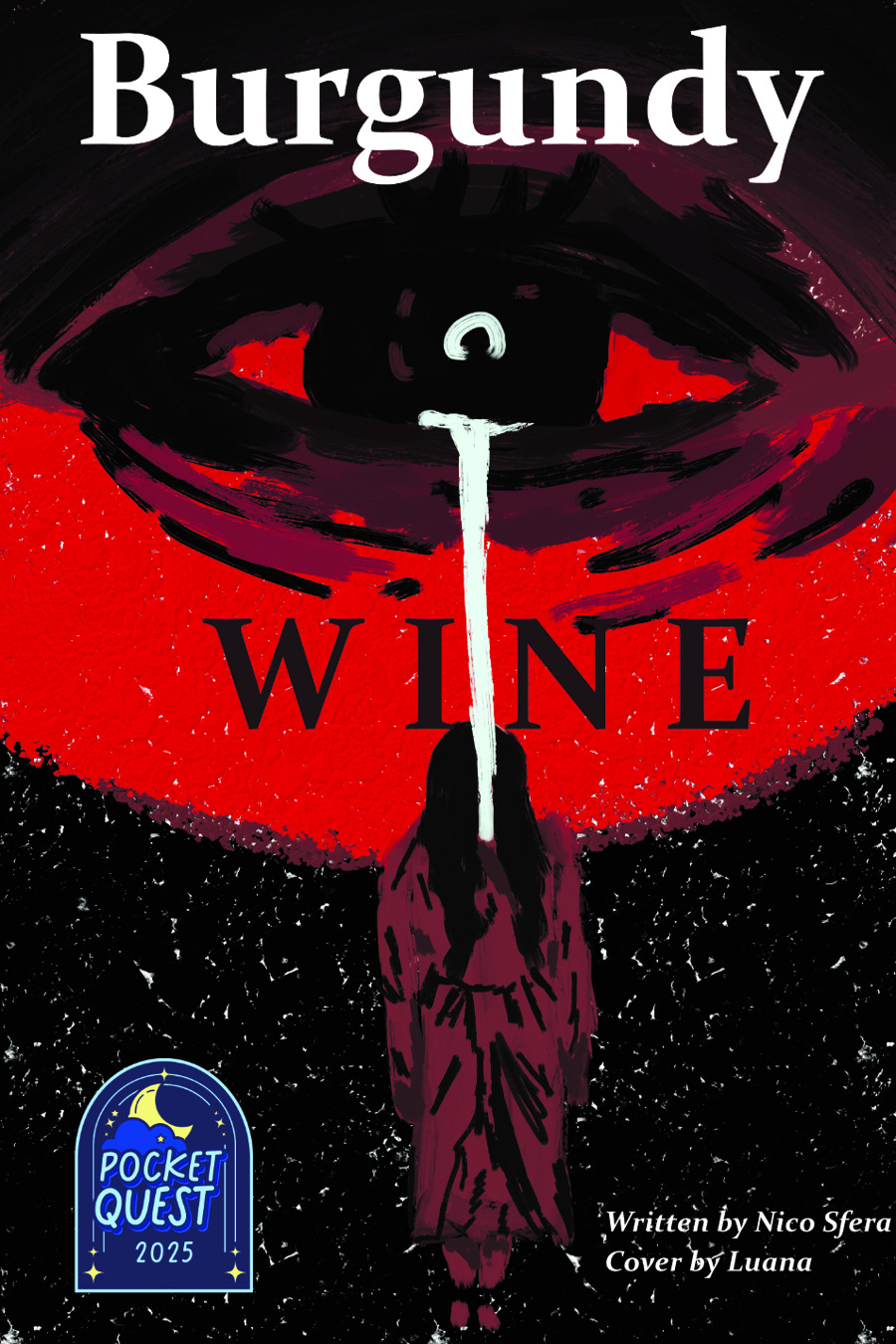

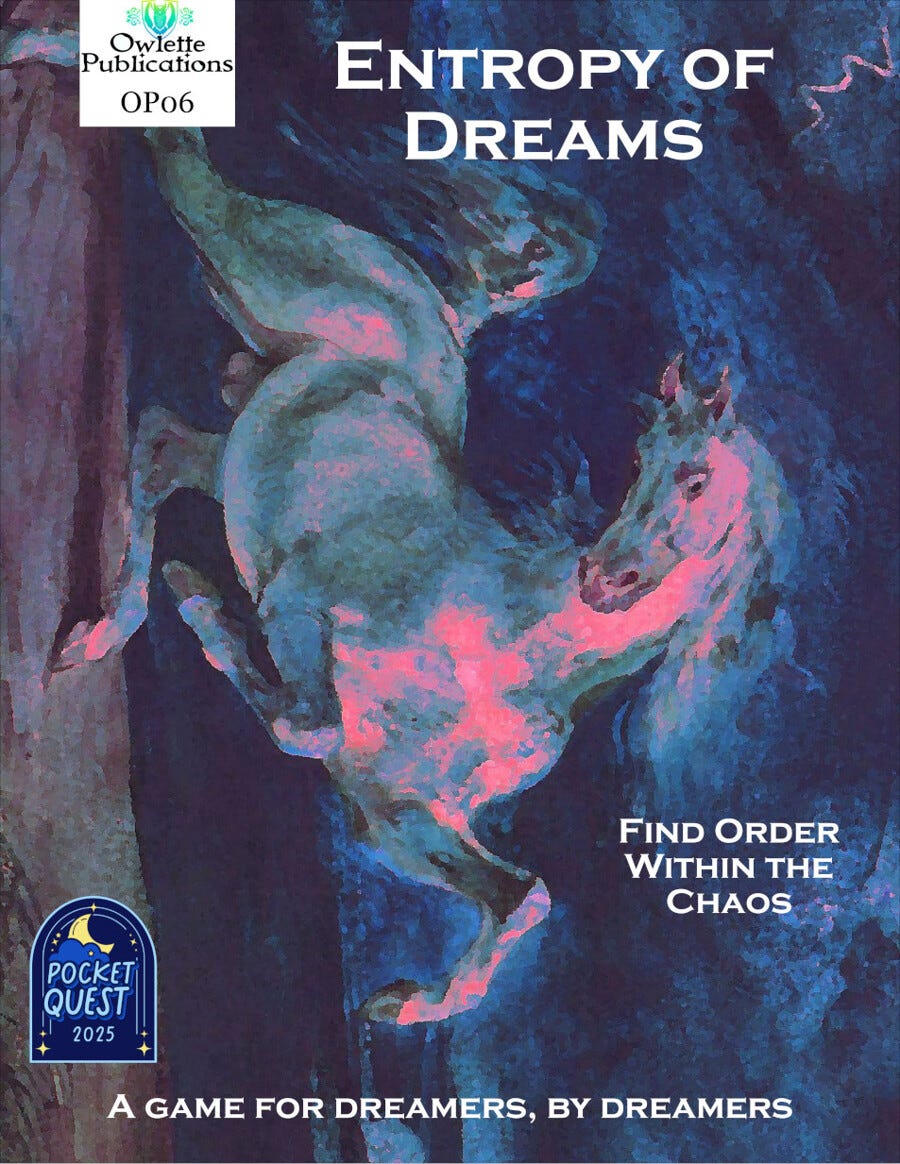

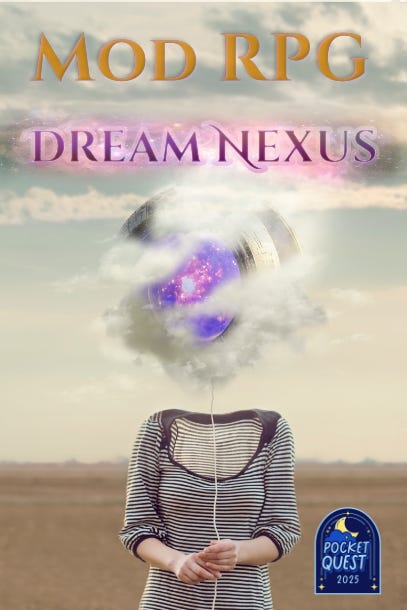

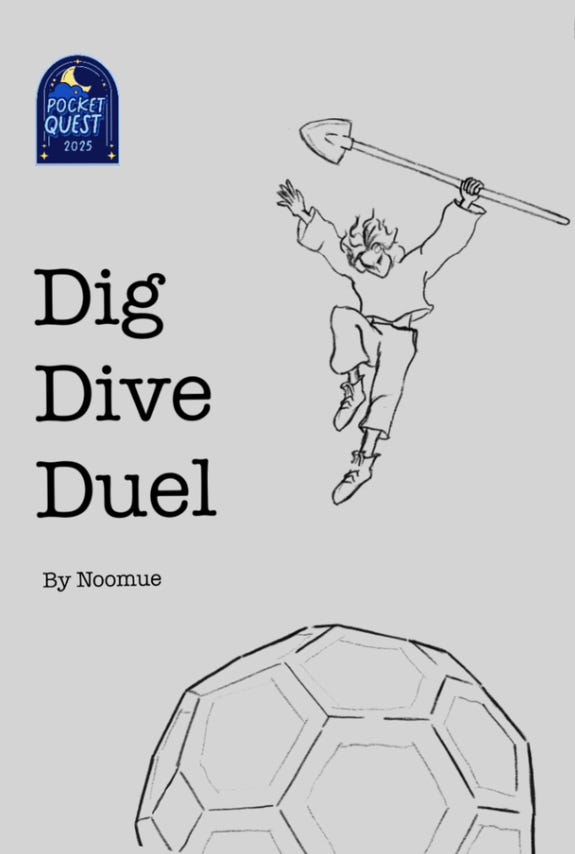
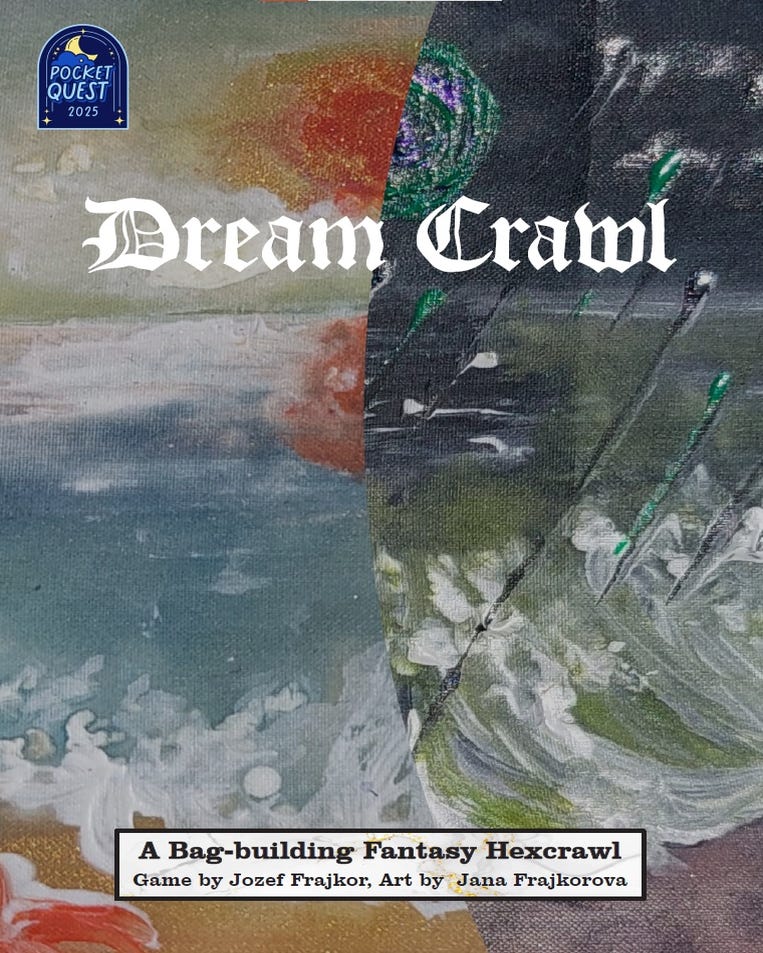


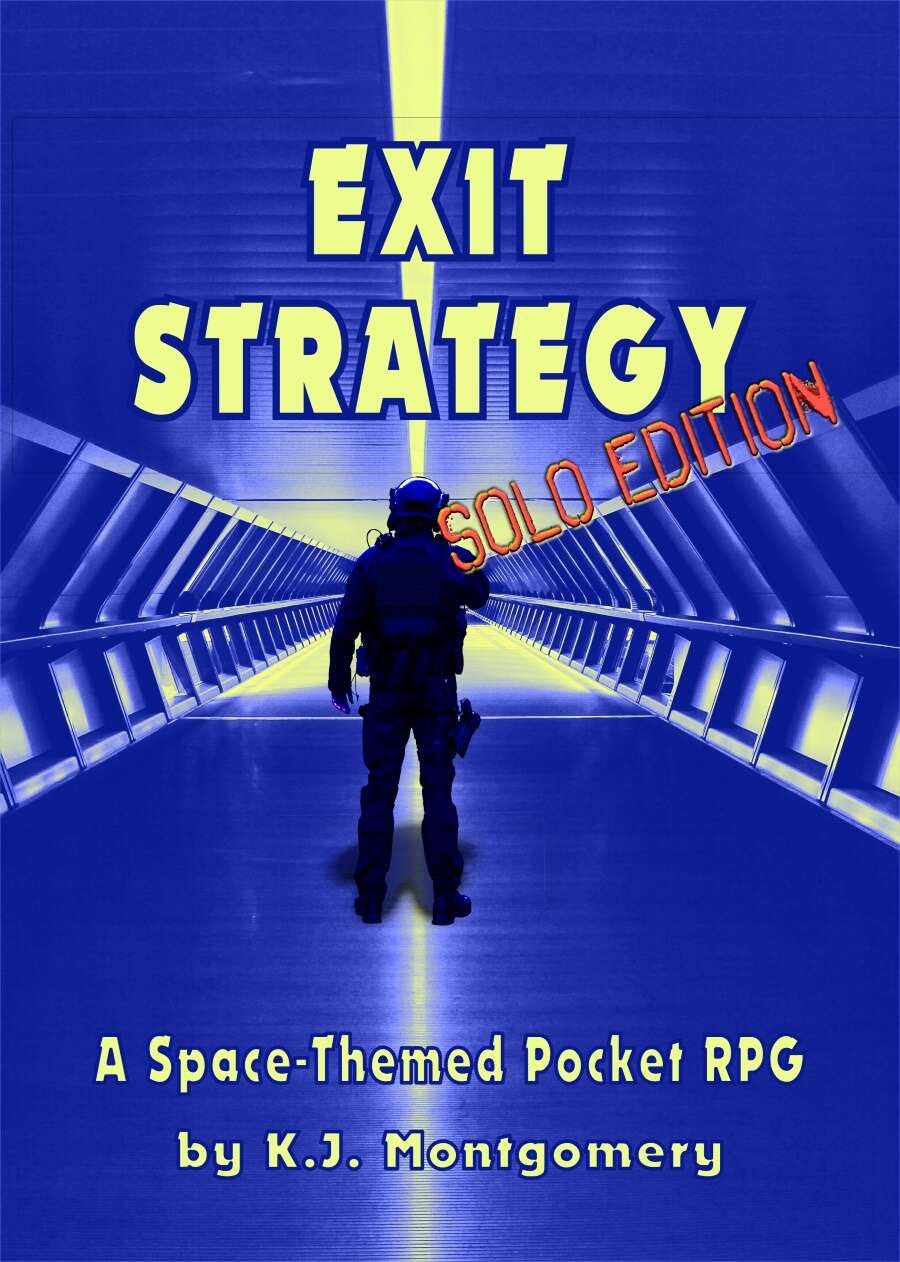
Very nice reviews. Thank you for sharing
Thanks for the reviews! Lots of good stuff